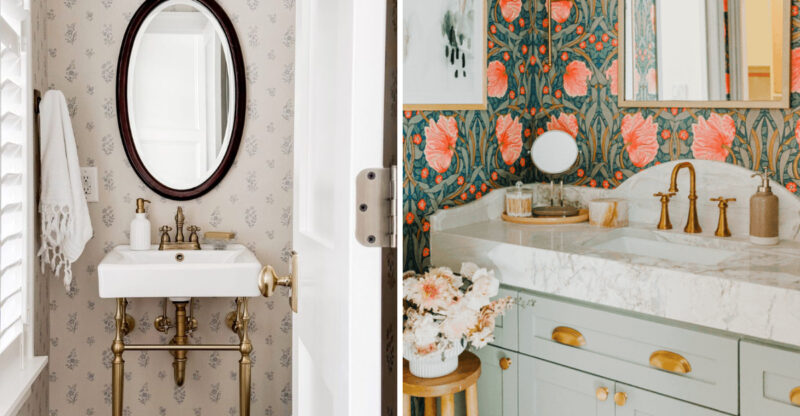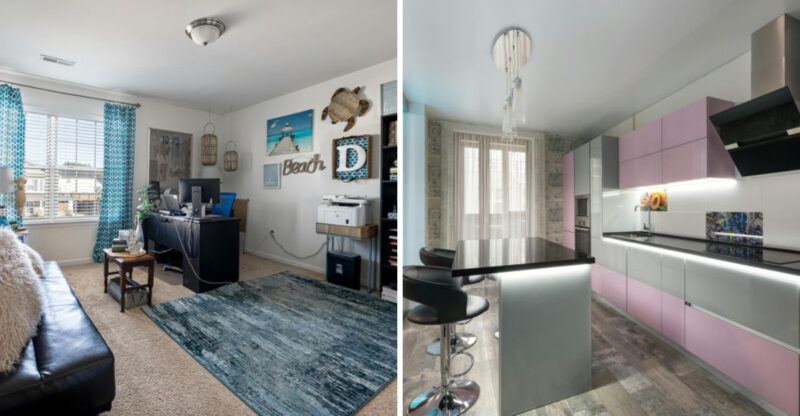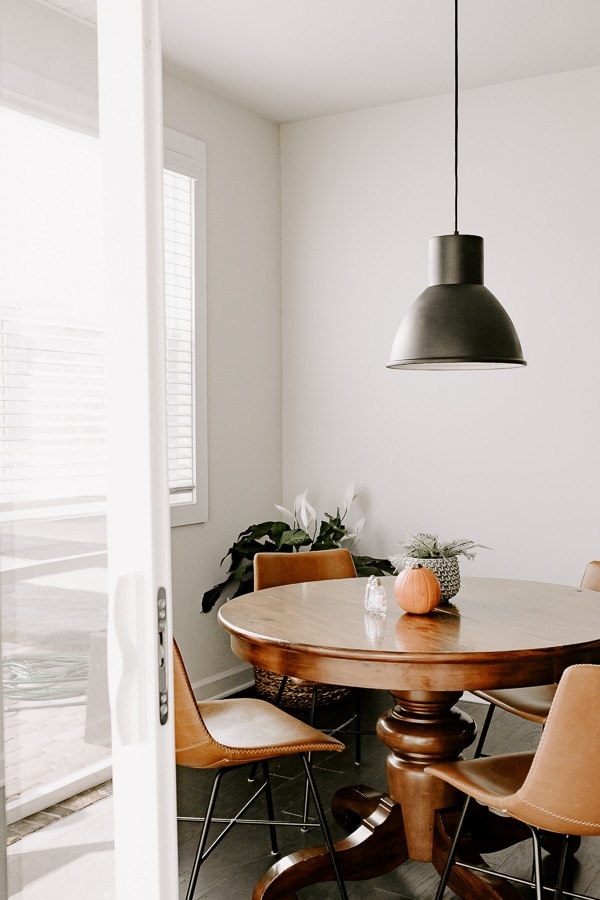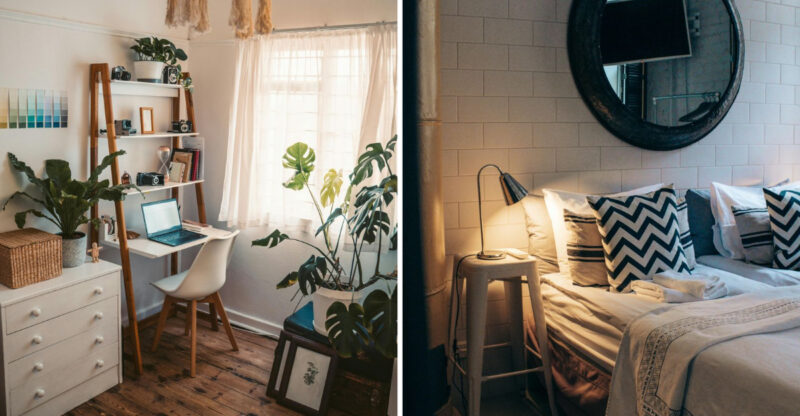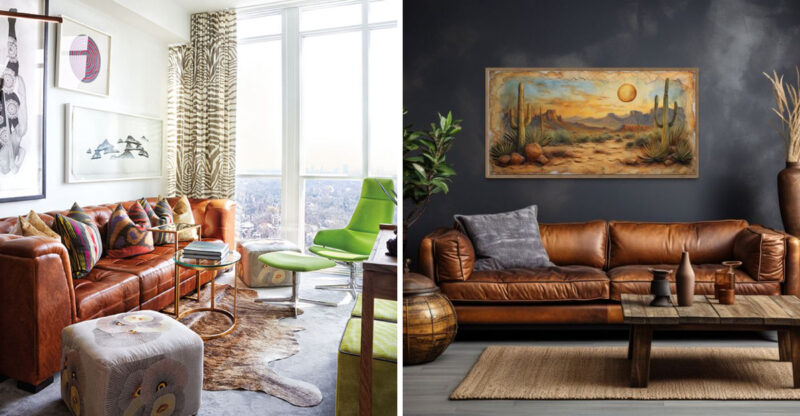Painting Walls Is One Approach That Could Help Refresh An Unused Dining Room
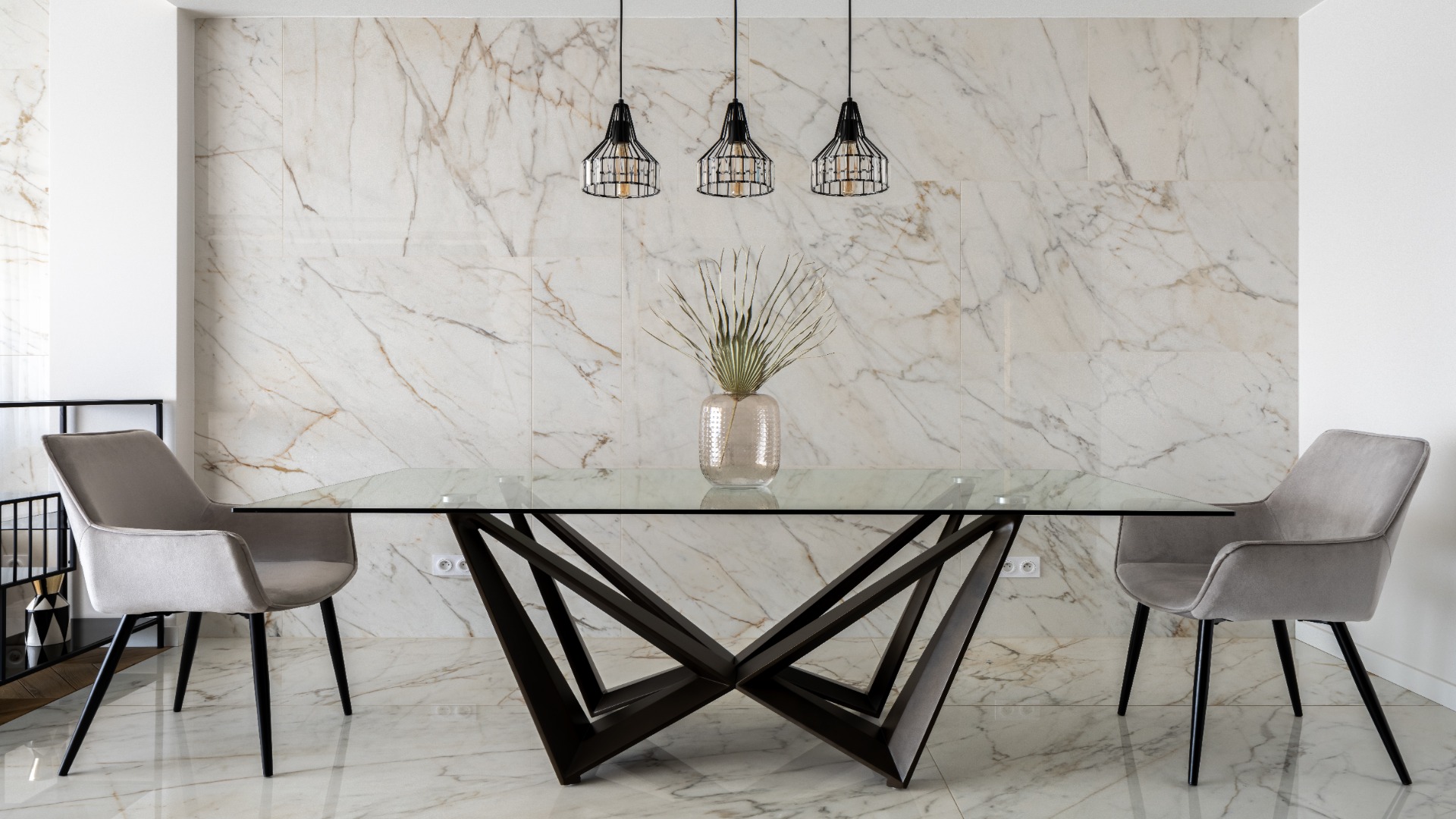
Dining rooms often become forgotten spaces in our homes, collecting dust rather than memories. A fresh coat of paint offers one of the simplest and most dramatic ways to breathe new life into these neglected areas.
With just a weekend and some basic supplies, you can transform a stale dining space into a vibrant gathering spot your family will love using again.
These painting ideas are for inspiration only. Always follow paint safety guidelines, use proper ventilation, and keep materials out of reach of children and pets. The author is not responsible for any accidents, injuries, or damages resulting from these projects.
1. Choosing A Color Palette
Colors affect our mood and appetite more than you might realize. Warm tones like terracotta or buttery yellow encourage conversation and create a cozy atmosphere perfect for lingering over meals.
Cooler shades like sage green or soft blue promote calm and relaxation. Think about your home’s style and the natural lighting in your dining space before choosing a color scheme.
2. Highlighting Architectural Features
Those crown moldings and wainscoting deserve attention! Painting architectural elements in contrasting colors makes them pop, turning ordinary features into conversation pieces.
Consider painting trim and moldings in crisp white against a colored wall, or go bold with a dark trim against light walls. This approach draws attention and adds depth to flat wall surfaces.
3. Using Accent Walls For Impact
Statement walls pack visual punch without overwhelming a space. Select the wall behind your dining table or buffet for maximum effect – this creates a natural focal point when guests enter the room.
Bold patterns, rich colors, or textured finishes can all work well on an accent wall. The beauty of accent walls? If you tire of the look, you only need to repaint one surface, not the entire room.
4. Incorporating Seasonal Colors
Your dining room can evolve with the calendar by embracing seasonal paint choices. Spring-inspired mint or summer coral creates an uplifting atmosphere year-round.
Fall-inspired amber or winter-worthy slate blue adds sophistication to mealtime gatherings. The right seasonal colors can turn an unused space into an inviting room that feels connected to the outdoors.
5. Exploring Textured Paint Finishes
Beyond flat paint lies a world of textural possibilities! Techniques like sponging, color washing, or rag-rolling add subtle dimension that catches light beautifully across dining room walls.
Metallic finishes reflect candlelight during evening meals, creating magical ambiance. Even switching from flat paint to an eggshell finish can add subtle texture that makes walls feel more polished and intentional.
6. Adding Murals Or Wall Art
Painted murals transform dining spaces into immersive environments. A simple landscape scene or abstract design might be just what your forgotten dining room needs to become the highlight of your home.
Not artistically inclined? Stencils, decals, or even projected images can help create professional-looking designs. The right wall art sets the mood and provides conversation starters during meals, making the space more welcoming.
7. Coordinating With Furniture And Decor
Wall colors should complement, not compete with, your existing furniture. Pull inspiration from fabric patterns, artwork, or even dishware displayed in the room for a cohesive look.
Neutral walls make colorful furnishings pop, while bold walls can elevate simple wooden pieces. Paint serves as the backdrop for your dining space, so it should enhance your favorite pieces rather than compete with them.
8. Maximizing Natural Light With Paint
Strategic paint choices can dramatically affect how light moves through your dining space. Light-reflective paints in soft whites, creams, or pale yellows help natural light bounce around the room, making it feel brighter and more open.
Glossy finishes reflect even more light than matte options. For north-facing dining rooms that receive limited sunlight, warm-toned paints counteract the cool, shadowy quality natural light can create.
9. Experimenting With Bold Or Moody Tones
Dark, rich colors create intimate dining atmospheres perfect for evening gatherings. Deep navy, charcoal, or forest green walls envelop diners in cozy sophistication, especially when paired with warm lighting.
Bold colors work surprisingly well in dining spaces that aren’t used daily. Because the room isn’t used all day, you can choose dramatic colors that might feel overwhelming in busier areas of the house.
10. Finishing Touches For A Polished Look
Fresh paint deserves complementary details that complete the transformation. New switch plates, refreshed lighting fixtures, or updated window treatments enhance your paint job’s impact.
Consider adding crown molding if your room lacks architectural interest – it frames your new wall color beautifully. The best finishing touch is using your dining room again for meals, games, or conversations in the newly refreshed space.

